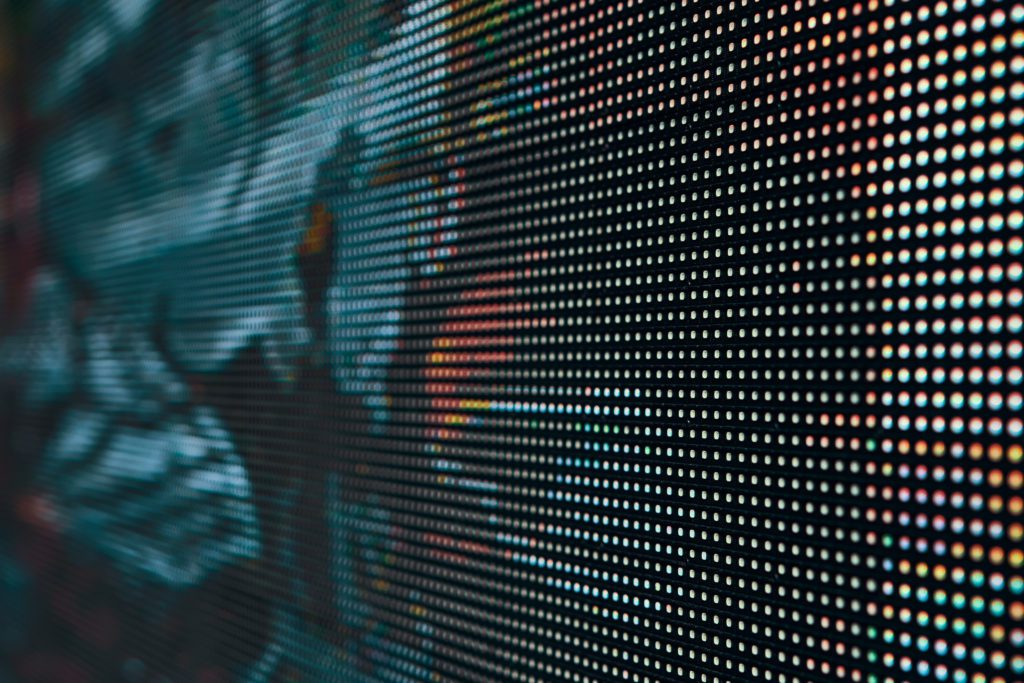Investigating How Definition Influences the Functionality and Aesthetic Caliber of LED Walls in Contemporary Display Techniques
Investigating How Definition Influences the Functionality and Aesthetic Caliber of LED Walls in Contemporary Display Techniques
Blog Article
Light Emitting Diode screens are growing more and more popular in various environments, including musical events and sports events to corporate presentations and creative exhibits. One of the key important factors that influence the functionality and image quality of these displays is resolution. Image resolution denotes the number of pixels that make up the visual on the display. Increased resolution indicates more pixels, which can result in clearer and crisper images. Understanding how resolution affects LED screens can assist operators make knowledgeable choices about their screen needs.
When talking about image clarity, it is crucial to take into account picture spacing, which is the gap between the midpoint of one picture element to the midpoint of the next pixel. A reduced picture spacing yields a greater image clarity, allowing for more detail in the images displayed. For instance, an LED screen with a picture spacing of 1.5mm will provide a clearer image than one with a pixel spacing of 3mm. This is especially crucial in environments where viewers are close to the screen, such as in a small venue or a trade event booth. In these situations, a higher resolution can significantly improve the observing quality.
Another factor of resolution is its impact on color accuracy and luminosity. LED screens with greater resolutions often have superior color rendering, meaning that the hues shown are increasingly lively and realistic. This is crucial for applications like advertising, where the goal is to attract attention and convey a concept efficiently. Additionally, higher resolution displays can maintain brightness levels even when viewed from various angles. This is important in large venues where viewers may be seated at different ranges and angles from the screen.
The functionality of LED walls is also affected by resolution in terms of refresh frequencies and response times. A higher image clarity screen can handle faster refresh frequencies, which is crucial for fast-moving material such as films and animations. This indicates that the visuals on the display will look more fluid and increasingly seamless, improving the total observing quality. In comparison, reduced resolution displays may have difficulty with dynamic material, resulting in fuzziness or delay. Therefore, for occasions that rely on dynamic visuals, choosing a display with a appropriate image clarity is vital.
In conclusion, resolution plays a vital role in determining the performance and image clarity of LED screens. Elements such as picture spacing, color accuracy, brightness, refresh rates, and response durations all contribute to how effectively a display can communicate data and capture this website audiences. As advancements continues to advance, understanding these elements will help users choose the appropriate LED screen for their particular requirements, guaranteeing that they achieve the best potential outcomes in their displays and events.